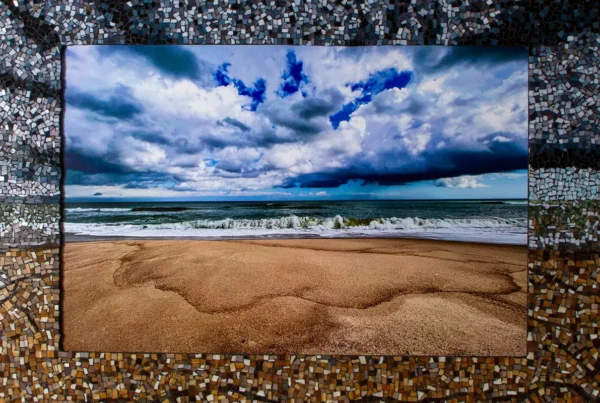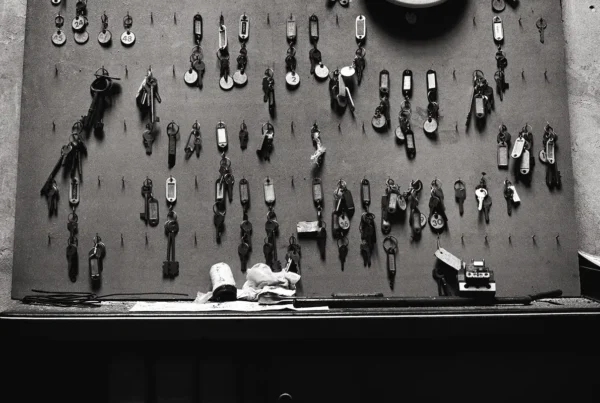“From the above and elsewhere, I’ve drawn three statements that resonate with my approach to photography: The first is from Dylan Thomas, who said art is about telling the truth.”
Christopher B Fowler: A Canvas of Childhood Memories
Christopher B Fowler‘s artistic journey, richly woven with memories and experiences, began in the most unassuming of places: the back of library memos and bulletins. As a child, Fowler found his canvas on these scraps of paper, generously supplied by his father, a high school librarian. This early access to a virtually endless supply of drawing material not only nurtured his talent but also deeply rooted his passion for art. Fowler’s childhood, steeped in creativity, laid the foundation for his diverse artistic pursuits.
Transitioning from paper to the dynamic world of film, Fowler explored the art of animation, breathing life into his drawings. His fascination with cinematography, particularly inspired by Ingmar Bergman’s “The Touch,” marked a pivotal moment in his artistic development. However, despite his father’s encouragement and a budding interest in film school, Fowler chose a different path. He enrolled in a liberal arts college, where he remained closely connected to filmmaking, thanks in part to an advisor who shared his interest. This period of exploration and self-discovery played a crucial role in shaping his artistic perspective.
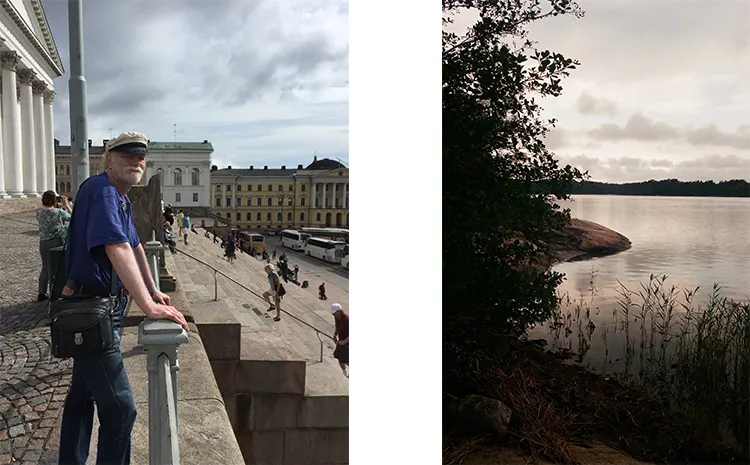
Christopher B Fowler: The Lenses of Influence
The transformative power of photography in Christopher B Fowler’s life became evident during his college years. A retrospective show of Edward Steichen’s work at the Metropolitan Art Museum, particularly his early-color photograph of the flatiron building, left an indelible mark on Fowler. This image, which has adorned his wall in various forms since then, symbolizes the “ghost” he chases in his own photographic endeavors. It represents a constant source of inspiration and a benchmark for his artistic aspirations.
Fowler’s artistic sensibilities were further honed by the retrospective of painter Thomas Eakins at the Philadelphia Museum of Art. Eakins’ mastery of light and shadow, particularly his use of raked light, profoundly influenced Fowler’s approach to photography. His father’s admiration for Georgia O’Keeffe’s paintings also significantly impacted his artistic preferences. Additionally, the televised conversations between journalist Bill Moyers and Joseph Campbell introduced Fowler to the concept of art as a spiritual pursuit. This notion deeply resonates with him and is reflected in his approach to photography.
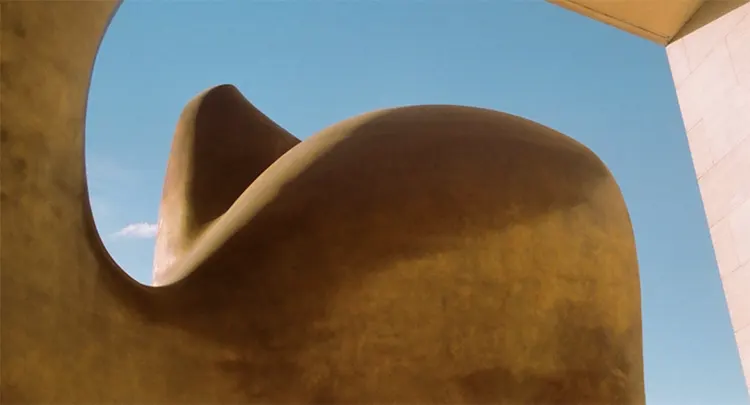
The Essence of Christopher B Fowler’s Artistry
Christopher B Fowler’s artistic identity is not confined to a single medium or method. His journey through various forms of expression, from drawing to filmmaking and eventually to photography, reflects a relentless pursuit of artistic authenticity. Fowler’s foray into writing, both fiction and poetry, further exemplifies his diverse creative talents. A significant milestone in his artistic career was his participation in an art show organized by “The Fellowship of Quakers in the Arts” in Philadelphia, where all three of his submitted photographs were juried in. This event was a turning point, solidifying his commitment to photography. Fowler’s artistic style is deeply rooted in his desire to convey the essence of his visual experiences. He seeks to capture the abstract elements in his subjects – the interplay of light, shadow, lines, colors, and textures. Whether his focus is on landscapes, architecture, or abstract forms, Fowler’s work is a testament to his belief in the power of these elements to evoke profound emotional responses.
Fowler’s approach to photography is characterized by its simplicity and authenticity. He avoids digital manipulation, relying instead on the fundamental techniques of cropping and adjusting horizontals. His rejection of extensive post-processing and reliance on minimal equipment reflect his commitment to capturing the world as he sees it, unadulterated and true. This commitment to authenticity aligns with his belief, inspired by Dylan Thomas, that art is about telling the truth. He also draws inspiration from Georgia O’Keeffe’s perspective on the appeal of natural forms and Joseph Campbell’s view of the artist’s role in revealing the radiance behind physical reality. These influences converge in Fowler’s work, creating a deeply felt and genuine artistic expression.
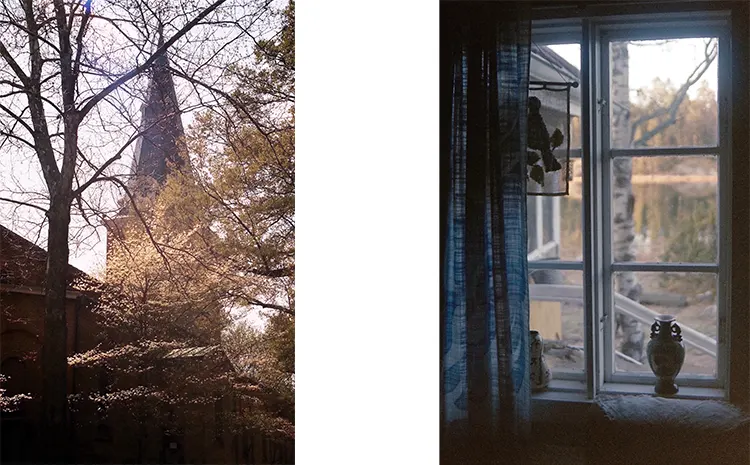
Christopher B Fowler: The Intimate Connection with His Art
For Christopher B Fowler, each piece of artwork holds a unique significance, often tied to personal experiences and memories. One such piece is “From Momi’s Room,” part of his Finland series of photographs. This series holds a special place in his heart, as it captures the essence of the Finnish archipelago, a region deeply connected to his family history. These photographs, taken on the island where his mother’s family has their summer house, are not just images but are imbued with personal narratives and emotional connections. The island, with its intimate scale and yet unexhausted photographic potential, serves as a recurring theme in his work, much like Monet’s Giverny. “From Momi’s Room” is a poignant example of how Fowler’s art intertwines with his personal history, creating a tapestry of visual storytelling that is both intimate and universal.
Fowler’s choice of medium, 35mm film, reflects his commitment to a certain aesthetic and emotional quality in his work. Despite experimenting with digital photography, he remains loyal to film for its unique qualities. This preference underscores his desire for his audience to see his images as accessible and relatable, akin to their own visual experiences. In terms of future projects, Fowler is inspired by the notion of art as a balm for the soul, a concept exemplified by the judge at the World Court in the Hague who sought solace in the Vermeers at the Rijksmuseum. Fowler aspires to create art that offers a similar escape from the mundane, providing viewers with a gateway to deeper, more meaningful experiences. His exhibitions are designed not just to display his work, but to facilitate a connection with the audience, allowing them to transcend the immediate and connect with something more profound.




